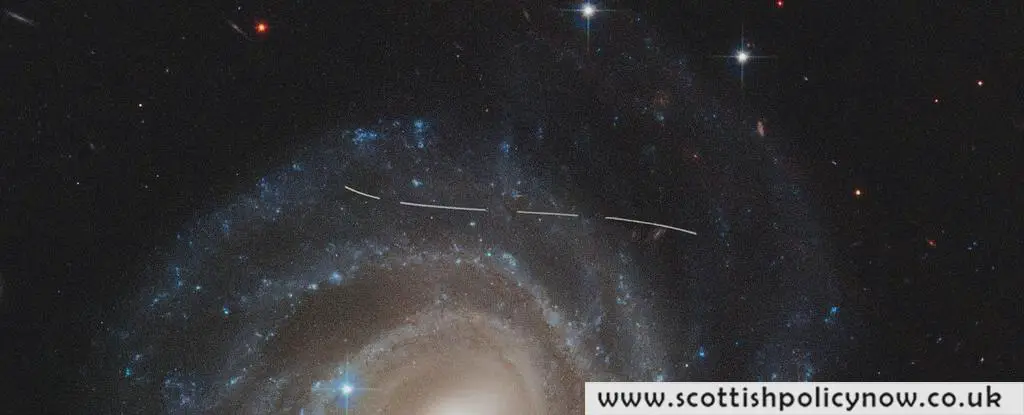The Hubble Space Telescope has been a treasure trove of discoveries for over three decades, often revealing insights by accident. Thanks to a collaboration between citizen scientists, astronomers from the European Space Agency (ESA), and advanced machine learning algorithms, more than 1,000 asteroids have been identified in Hubble’s archival data.
The international team was led by Pablo García-Martín, a researcher with the Department of Theoretical Physics at the Autonomous University of Madrid (UAM), and included members from the ESA, NASA’s Jet Propulsion Laboratory (JPL), and other institutions. The paper outlining their findings, titled “Hubble Asteroid Hunter III. Physical properties of newly found asteroids,” recently appeared in the journal Astronomy & Astrophysics.
Asteroids are remnants from the formation of the Solar System, dating back 4.5 billion years. They vary in size, from tiny rocks to large planetoids. Observing them is challenging due to their faintness and constant motion as they orbit the Sun. Hubble, with its rapid geocentric orbit, can capture asteroids thanks to the distinct curved trails they leave in its exposures.

One notable advantage of Hubble’s unique position is its ability to spot these asteroids as they “photobomb” images taken of distant cosmic objects. By knowing Hubble’s position and observing the curvature of the asteroid trails, scientists can determine the distance and estimate the shapes of their orbits. With large samples, astronomers can test theories about the Main Asteroid Belt’s formation and evolution.
In 2019, the Hubble Asteroid Hunter (HAH) project was launched, involving the European Science and Technology Centre (ESTEC), the European Space Astronomy Center’s Science Data Center (ESDC), and Zooniverse, the world’s largest citizen-science platform. The project aimed to identify asteroids in Hubble’s archival data.
The HAH team comprised 11,482 citizen-science volunteers who analyzed 37,000 Hubble images spanning 19 years. This effort yielded 1,701 asteroid trails, with 1,031 corresponding to previously uncatalogued asteroids. Approximately 400 of these were less than one kilometer in size. García-Martín commented, “We are getting deeper into seeing the smaller population of main-belt asteroids… We were surprised to see such a large number of candidate objects.”
This innovative approach could be applied to other datasets from observatories focused on asteroid hunting, such as NASA’s Spitzer Space Telescope and the Stratospheric Observatory for Infrared Astronomy (SOFIA). As the James Webb Space Telescope (JWST) gathers more data, the same method could be used to search for asteroids in its archives.
The HAH project’s next steps involve analyzing the streaks of previously unknown asteroids to learn more about their orbits, rotation periods, and other physical properties.
This article was originally published by Universe Today. You can read the original version of the article for more detailed information.







